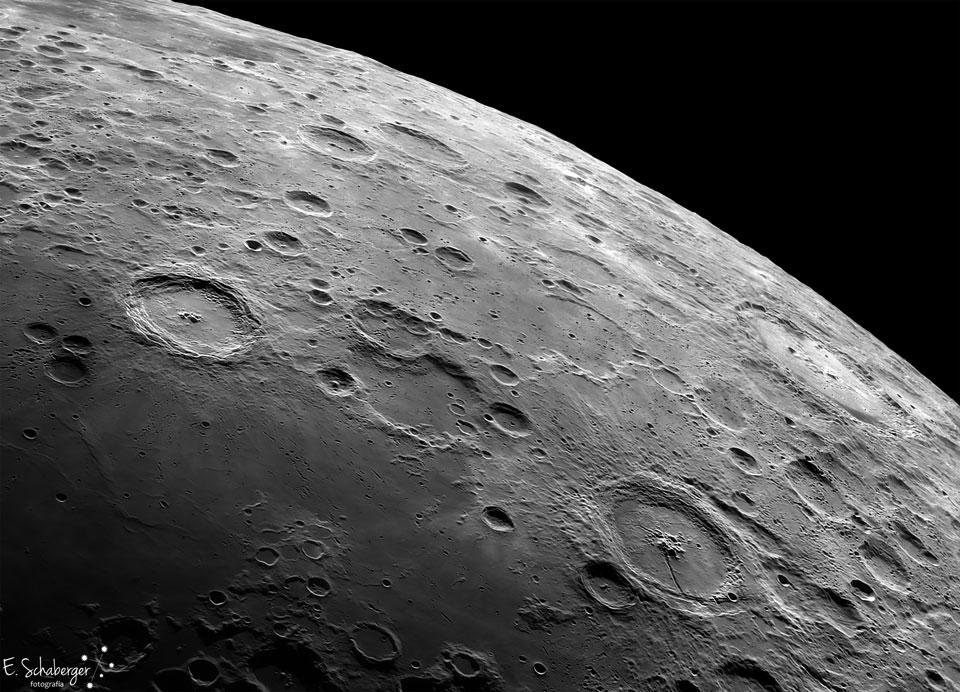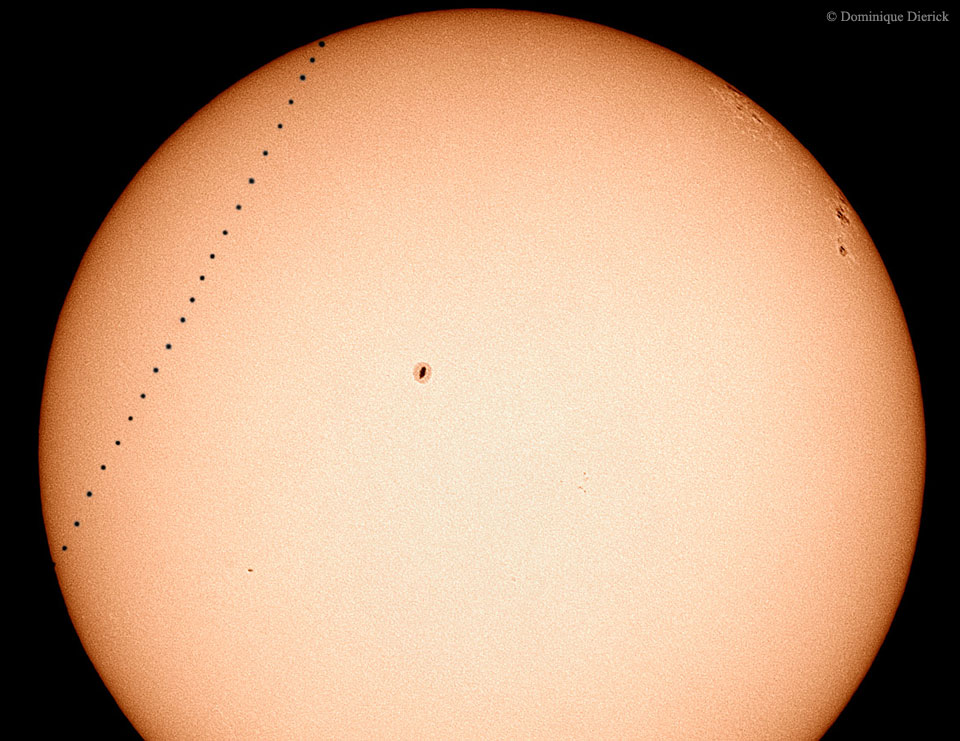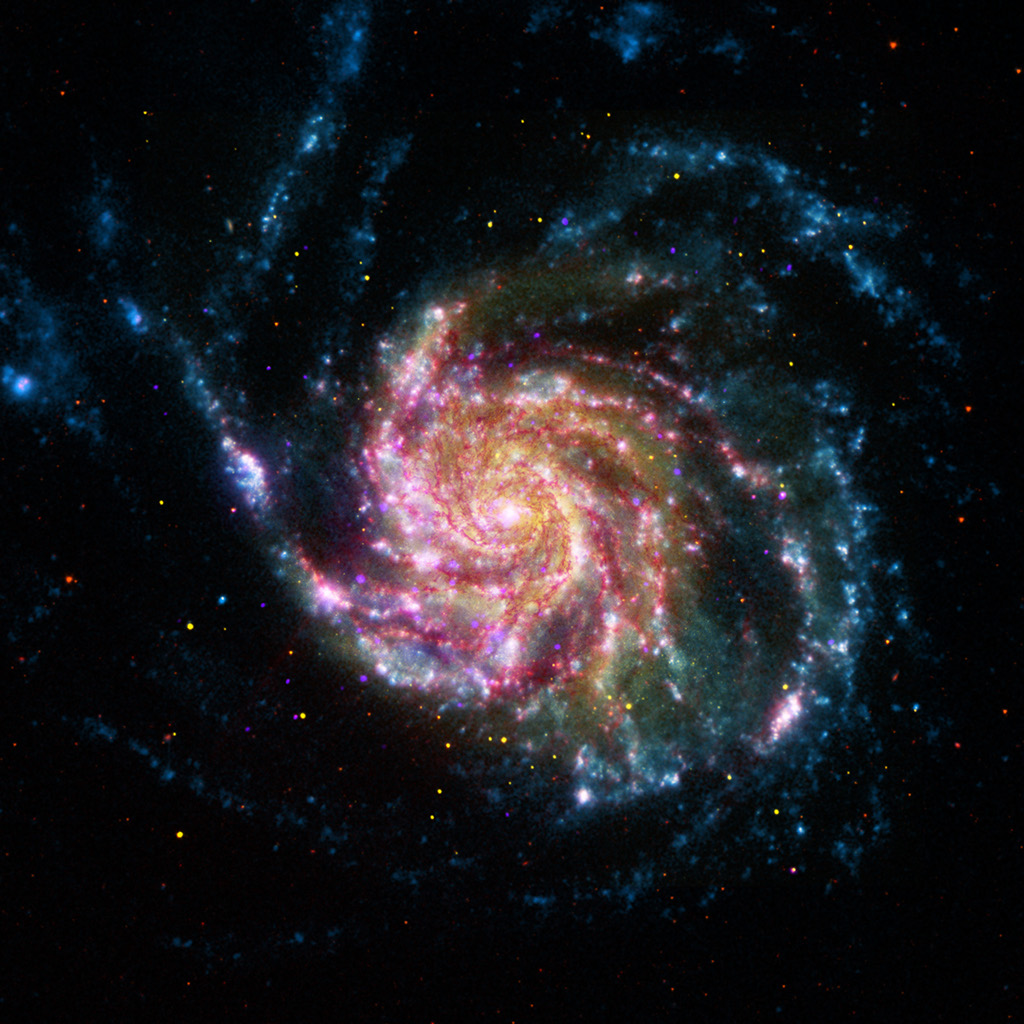水星和平静的太阳
2019 November 14 Mercury and the Quiet Sun Image Credit & Copyright: John Chumack Explanation: On November 11, 2019 the Sun was mostly quiet, experiencing a minimum in its 11 year cycle of activity. In fact, the only spot visible was actually planet Mercury, making a leisurely 5 1/2 hour transit […]










